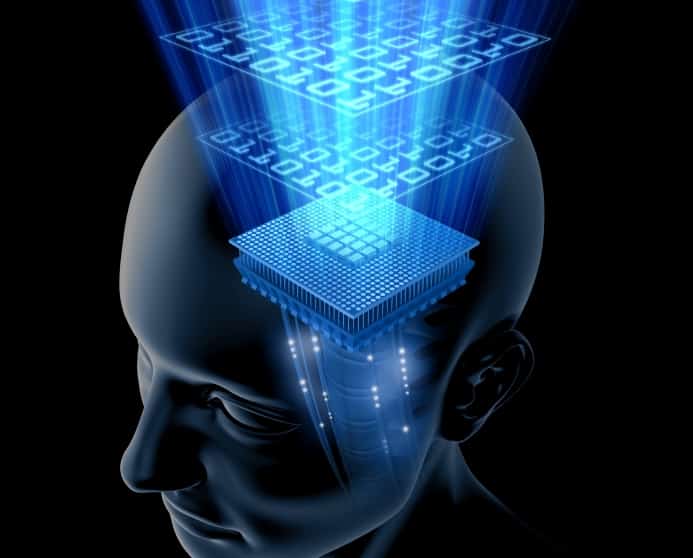Scientists from RMIT University in Australia have built a new nano-device that will act as the platform for next-generation nanoscale memory devices that are highly stable and reliable. According to scientists, this next generation data storage device will be able to mimic the memory of the human brain.
There are two types of memory – volatile and non-volatile. Non-voltile memory can access stored memory even when not powered, and at the moment the main non-volatile storage we use is flash memory. While this works well, the technology has reached its scaling limits and it’s getting harder and harder to make devices smaller while storing more memory. But the Australian scientists have now created the platform for revolutionary new nanoscale devices that will allow computers to store significantly more data by mimicking human memory.
Scientists created these stacked structures using thin film, which is a functional oxide material more than 10,000 times thinner than a human hair. According to Sharath Sriram, the project leader and co-leader of the RMIT Functional Materials and Microsystems Research Group, said, “The thin film is specifically designed to have defects in its chemistry to demonstrate a ‘memristive’ effect – where the memory element’s behavior is dependent on its past experiences. With flash memory rapidly approaching fundamental scaling limits, we need novel materials and architectures for creating the next generation of non-volatile memory.”
The technology relies on memristors – which is a type of circuit element that technology experts predict will be more powerful than current hard drive technologies, such as Flash, SSD and DRAM. However, these memristors have the potential to be built into non-volatile solid-state memory, and could also serve as the building blocks for computers that can mimic the actions of the human brain.
Sriram said, “The structure we developed could be used for a range of electronic applications – from ultrafast memory devices that can be shrunk down to a few nanometers, to computer logic architectures that replicate the versatility and response time of a biological neural network. While more investigation needs to be done, our work advances the search for next generation memory technology can replicate the complex functions of human neural system – bringing us one step closer to the bionic brain.”
Note that, the newly developed technology is one of the most promising platforms to create these structures, and can be used at room temperature. The researchers have described their work in the journal Advanced Functional Materials, and believe their platform could eventually lead not just to better data storage, but also devices that can process the world around them.
Source: RMIT
Thanks To: Science Alert
[ttjad keyword=”cloud-storage-drive”]





